When you think of autumn, what image immediately pops into your mind? Chances are, a vibrant orange pumpkin is at the center of this vision. Far from being just a festive decoration or pie ingredient, pumpkins boast a rich history and surprising uses that extend beyond the fall season.
Whether you’re a fan of this iconic gourd or just curious about what makes it special, these facts might just make you see pumpkins in a whole new light.
Pumpkins have been a staple in various cultures for centuries, influencing everything from cuisine to folklore. But why do these seemingly simple fruits demand such attention?
Let’s explore nine fascinating tidbits about pumpkins that highlight their surprising versatility and significance.
1. The Ancient Origin of Pumpkins
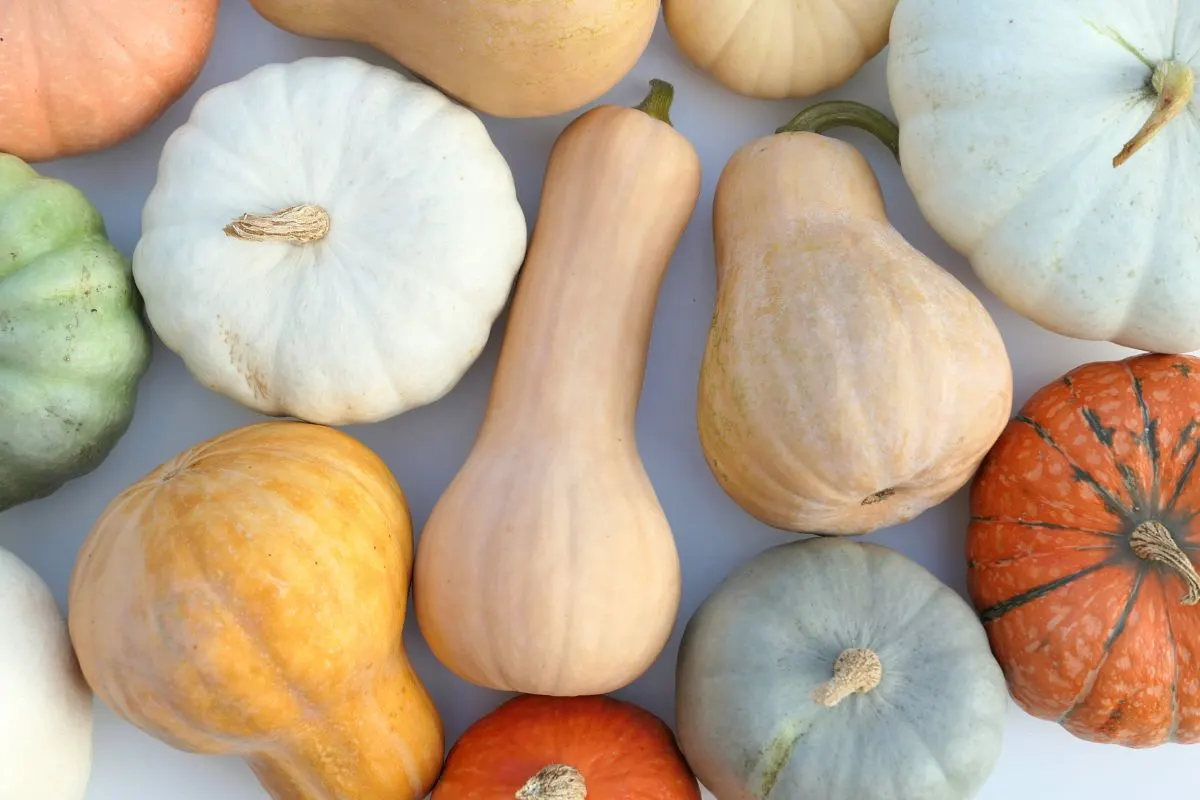
Did you know that pumpkins have been around for more than 7,500 years? Archaeologists have found pumpkin seeds in ancient indigenous sites across North America, indicating that they were cultivated long before European settlers arrived.
These early pumpkins were an integral part of diets, providing crucial nutrients and calories. Their journey didn’t stop with the indigenous peoples.
When settlers crossed the Atlantic, they were introduced to pumpkins and quickly adopted them into their own agricultural practices. This transcontinental exchange helped propagate pumpkins, cementing their place in American culture.
2. Pumpkins in Popular Culture
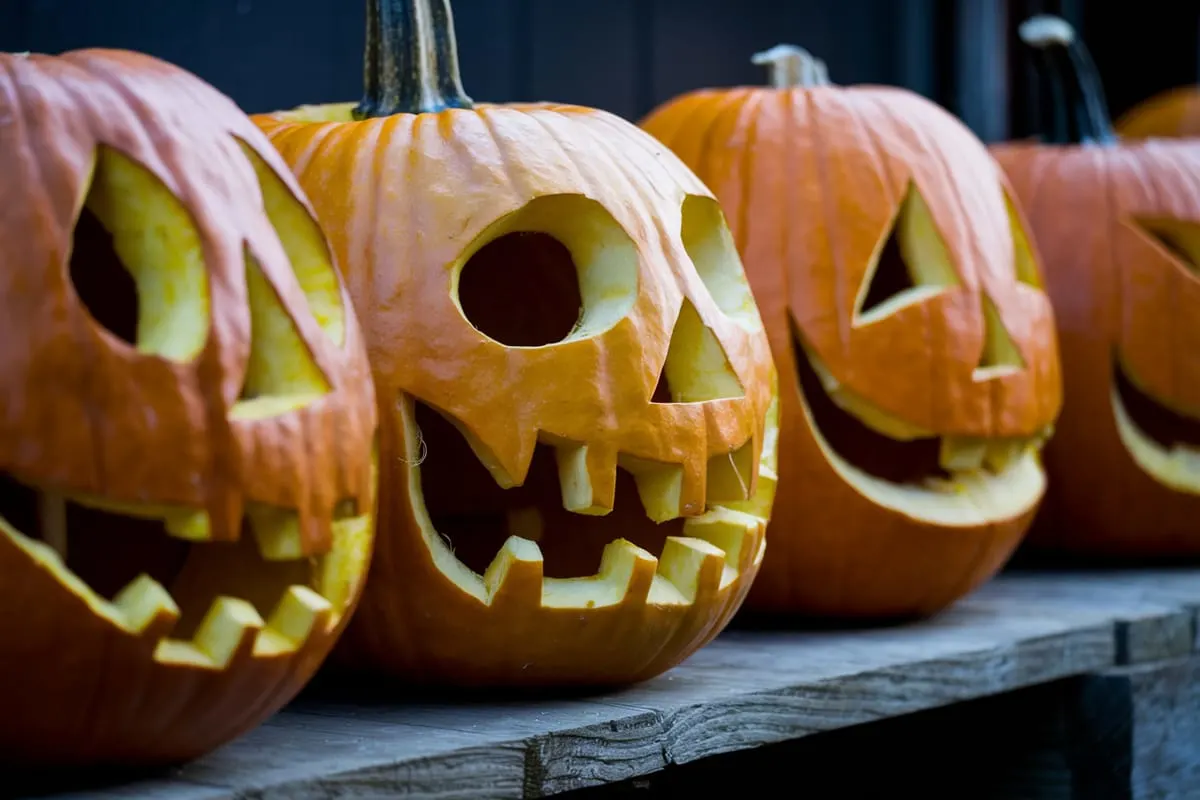
From the pages of spooky tales to Hollywood silver screens, pumpkins are ubiquitous in popular culture, especially in the USA.
They are perhaps most famously associated with Halloween, where the tradition of carving Jack-o’-lanterns originates from an Irish legend about “Stingy Jack.” This tradition serves as a playful yet eerie decoration that encapsulates the spirit of Halloween.
Additionally, pumpkins have become the unofficial mascot of autumn. They are featured in countless seasonal recipes, decorations, and even flavor trends—think pumpkin spice lattes—which have grown into a cultural phenomenon of its own.
3. Culinary Uses Beyond Pumpkin Pie
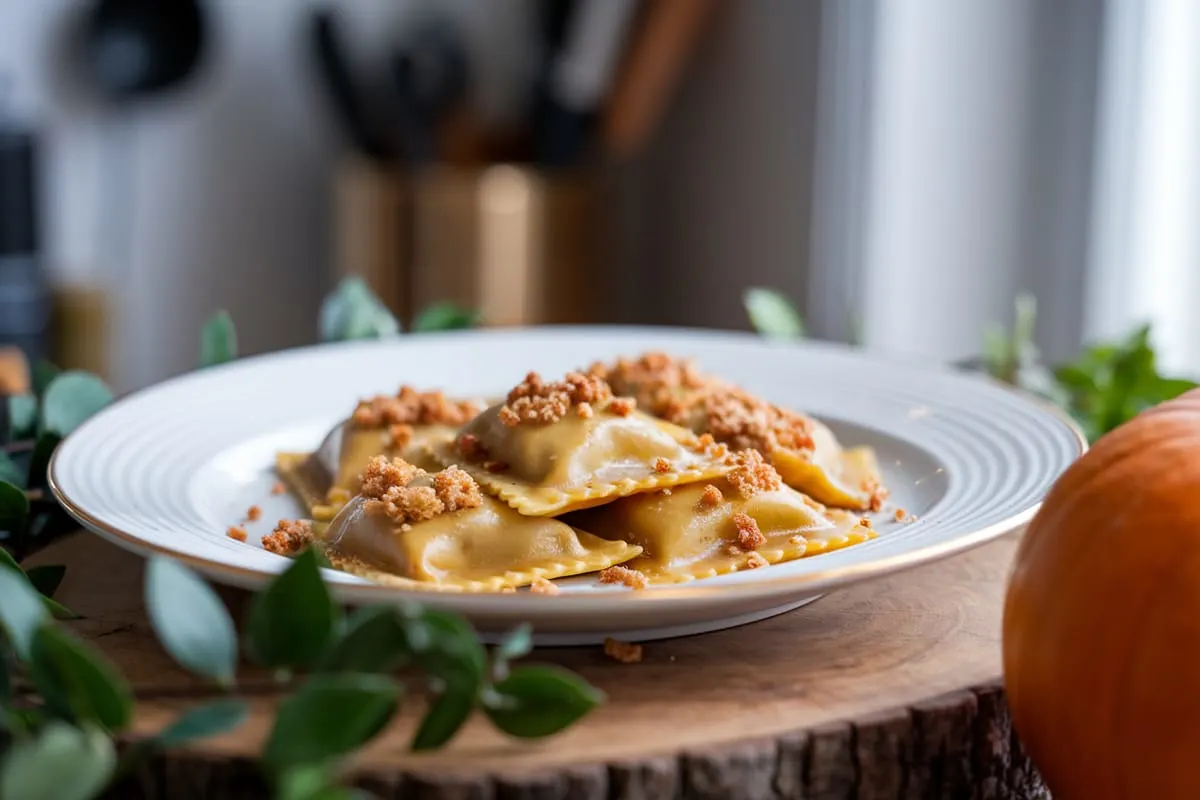
A pumpkin’s culinary potential extends well beyond the classic pie. Around the world, different cultures have embraced pumpkin in savory dishes.
In Italy, pumpkin ravioli offers a delicious twist on traditional pasta. Meanwhile, in Haiti, “soup joumou” is a beloved dish that symbolizes freedom and resilience.
Incorporating pumpkin into meals is not only a nod to international gastronomy but also a nutritional powerhouse move.
Pumpkins are rich in vitamins A and C, as well as fiber, making them a healthy addition to any diet. Try roasting pumpkin chunks as a side dish or blending them into soups for a creamy, nutritious boost.
4. Pumpkins Are a Versatile Resource
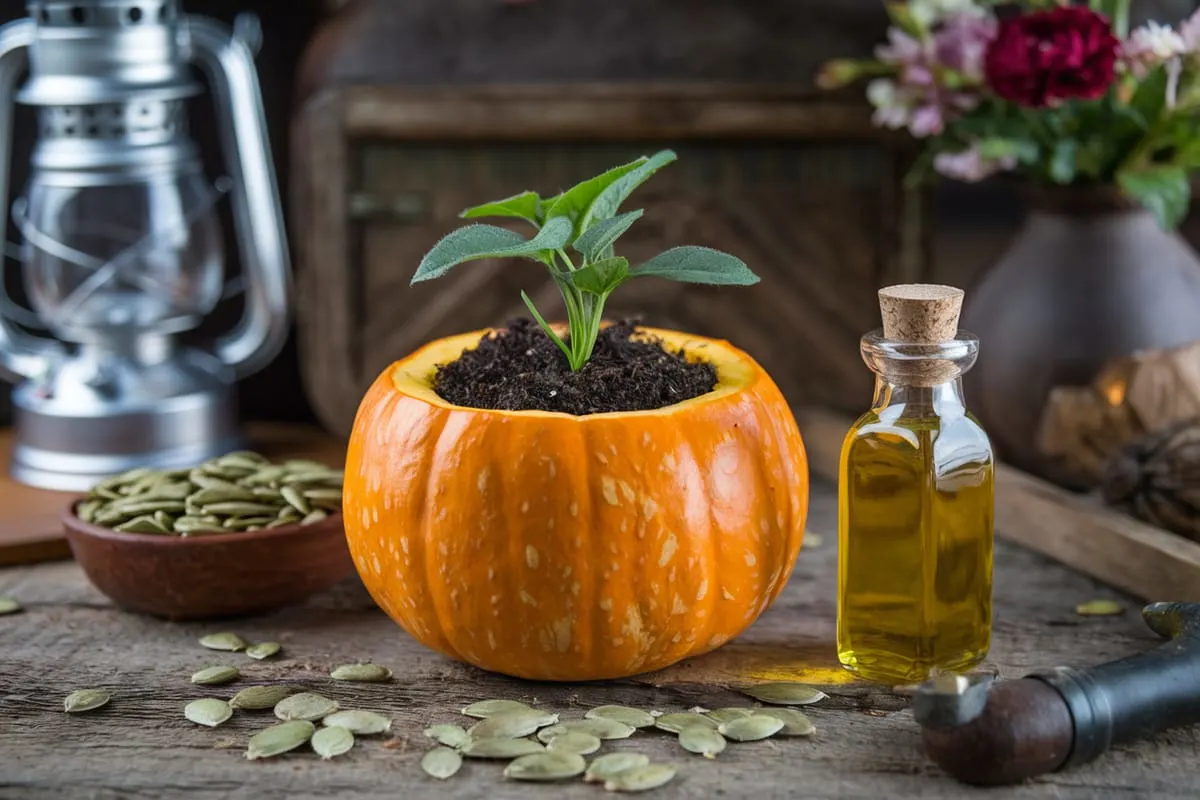
Beyond their culinary versatility, pumpkins have practical applications in other areas. Their shells can be used as biodegradable planters, promoting environmentally friendly gardening practices. This practice harks back to indigenous uses, where every part of the pumpkin was utilized.
Pumpkin seeds, often discarded, are a valuable source of protein and healthy fats. Roasted and salted, they provide a tasty and nutritious snack. Moreover, pumpkin seed oil is praised for its culinary and medicinal properties, often used in salad dressings or as a finishing oil to add a nutty flavor.
5. Pumpkins as a Sustainable Crop
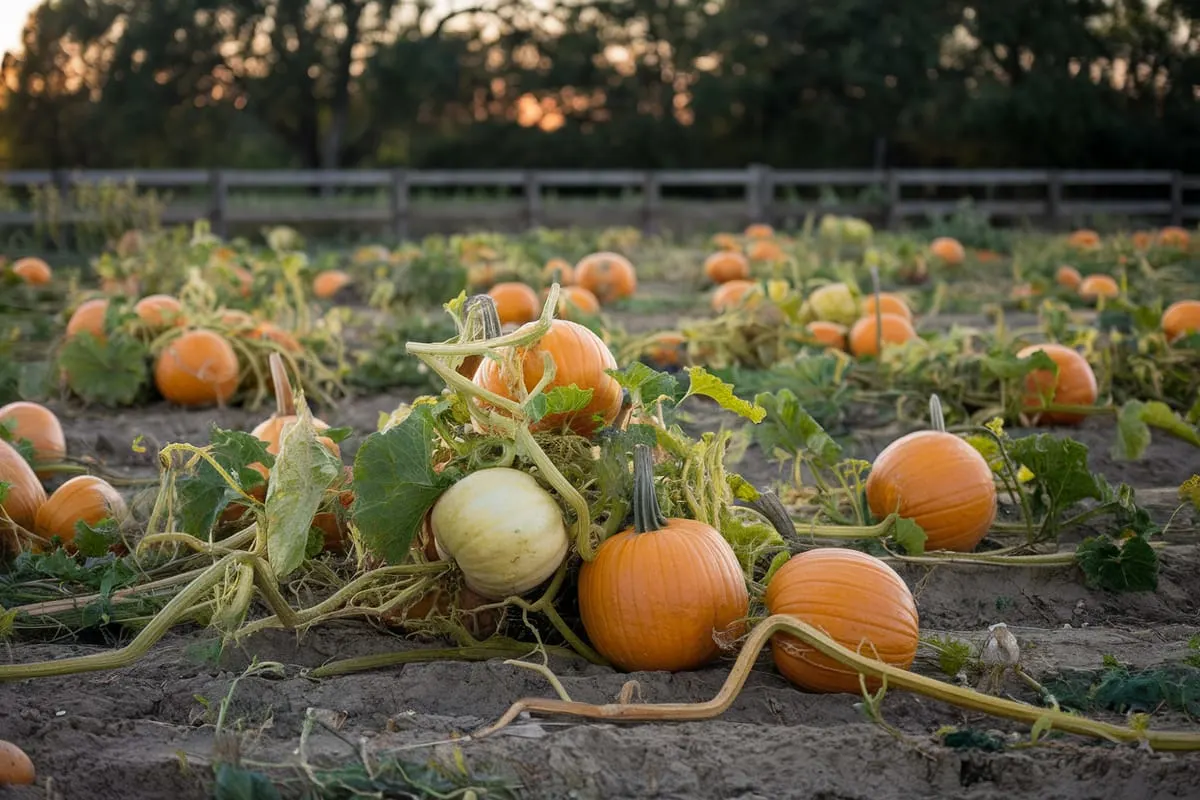
Pumpkins are relatively easy to grow and have a low environmental impact compared to many other crops. They require minimal fertilization and pesticides and thrive in various soil types and climate conditions. This makes them an ecologically friendly choice for sustainable agriculture.
In areas prone to soil erosion, pumpkins play a critical role in preventing topsoil loss. Their sprawling vines cover the ground thoroughly, stabilizing the soil and protecting it from harsh weather conditions. By including pumpkins in crop rotation, farmers can maintain healthier soil ecosystems.
6. Record-Breaking Giants
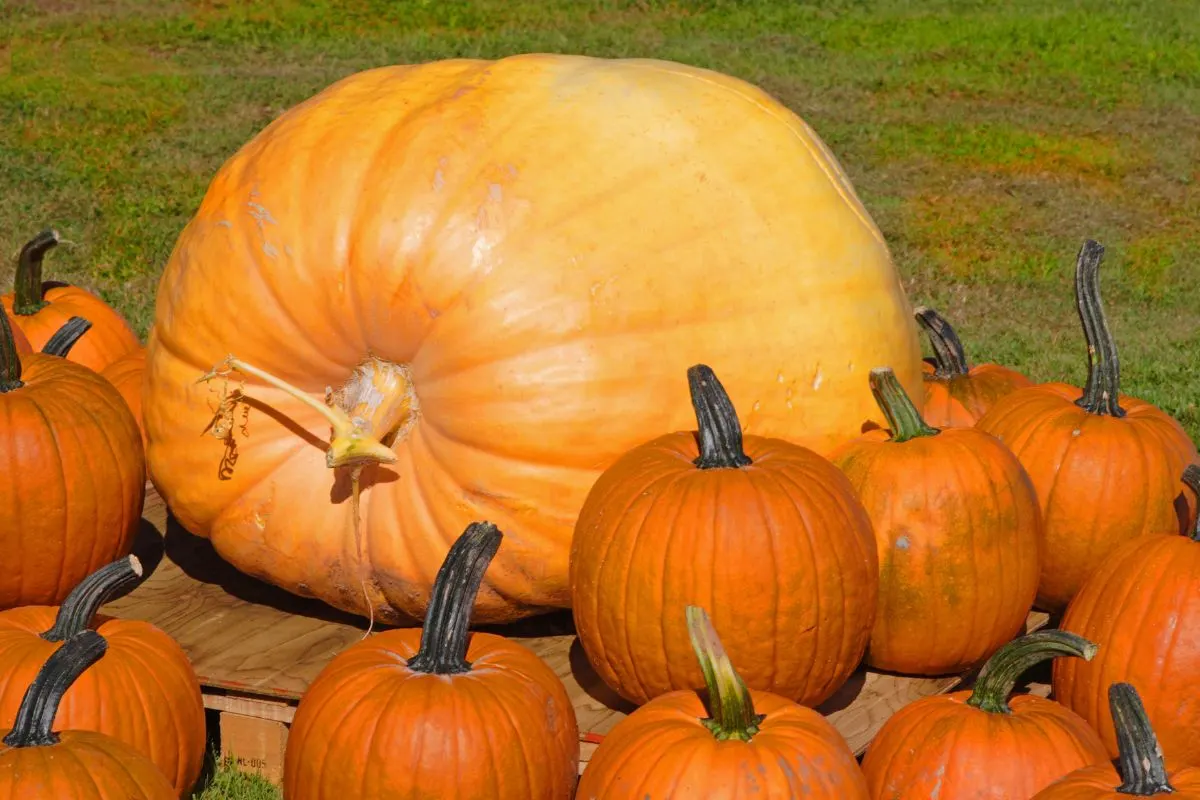
For those with a competitive spirit, growing giant pumpkins has become a popular pastime and sport. These behemoth pumpkins can weigh over a ton, with growers employing careful and meticulous techniques to nurture these giants.
The world record for the heaviest pumpkin was set in 2023, with an astonishing 2,749lb specimen by the Minnesota horticulture teacher Travis Gienger.
Such feats require not only dedication but also a deep understanding of pumpkin growth factors, such as soil health, nutrient management, and water regulation. This fascinating niche hobby celebrates both human ingenuity and the remarkable potential of pumpkins themselves.
7. Varieties Abound
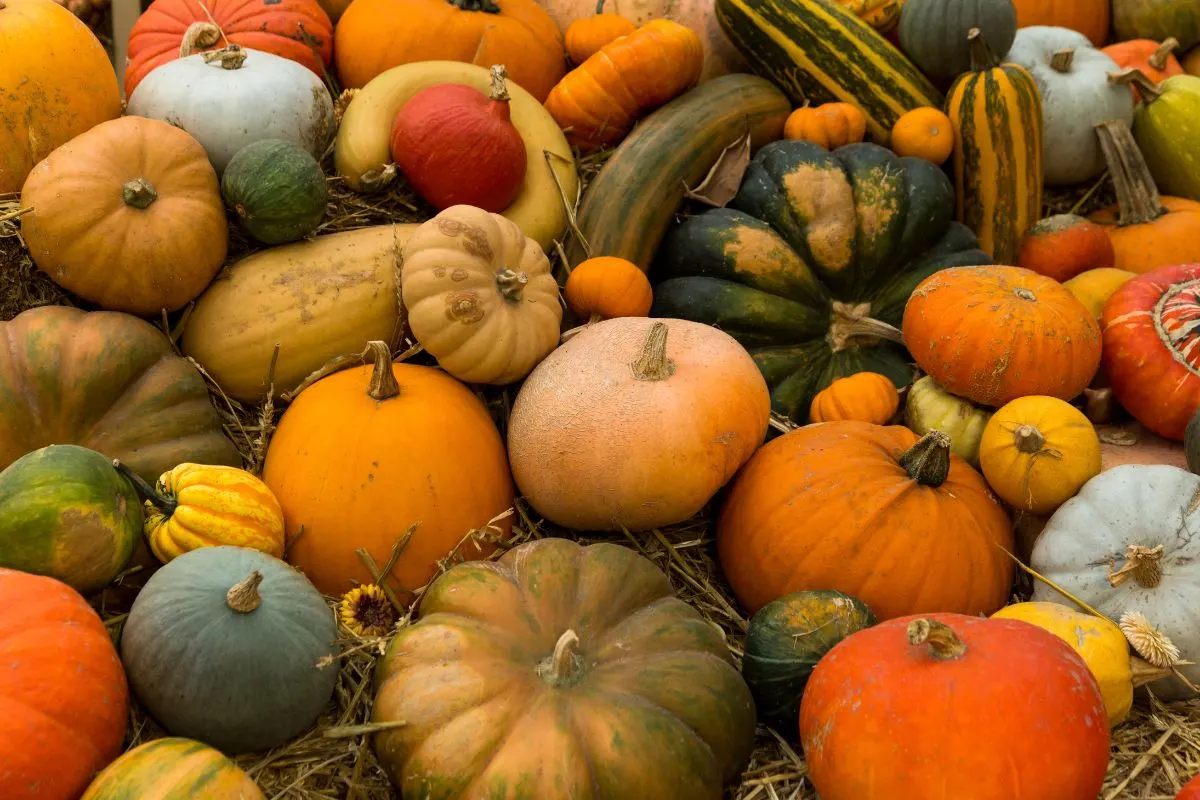
Pumpkins are not a one-size-fits-all plant. In fact, there are over 45 different varieties of pumpkins, each with distinct characteristics. From the traditional orange hues to white, green, or even bluish tones, pumpkins come in all shapes and sizes.
Some varieties are better suited for cooking, like the sweet and compact “Sugar Pie” pumpkins. Others, such as the “Atlantic Giant,” are bred for size rather than taste. Exploring different pumpkin types can inspire culinary creativity and give you a greater appreciation for their diversity.
8. The Psychology of Pumpkins

Beyond their physical attributes, pumpkins have a psychological influence on many people, evoking feelings of nostalgia and warmth. This connection is often rooted in family traditions, from childhood memories of pumpkin carving to the comforting aroma of pumpkin pie baking in the oven.
The seasonal nature of pumpkins reinforces these sentiments, marking the transition between summer and winter. In a way, pumpkins symbolize change, resilience, and the cyclical nature of life, offering comfort and continuity in an ever-shifting world.
Ready to Add More Pumpkins to Your Life?

From their storied history and cultural significance to their nutritional benefits and environmental contributions, pumpkins are far more than meets the eye.
Whether you choose to incorporate them into your garden, kitchen, or festive decor, their versatility and charm are undeniable.
Next time you see a pumpkin, remember it is more than just a seasonal ornament. It’s a testament to human innovation, cultural exchange, and nature’s resilience.
So, go ahead—embrace the pumpkin in all its glory and see how it can enrich your life this season.

